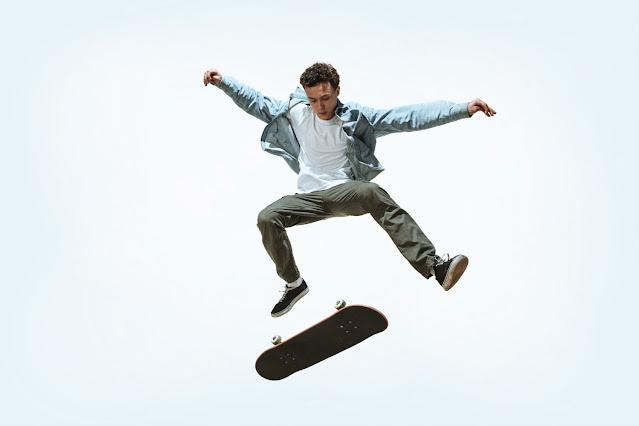Animation breathes life into fantastical creatures and transports us to imaginary worlds. But sometimes, the most fantastical creations borrow their movements from the real world. This is where rotoscoping comes in – a technique that bridges the gap between live-action and animation, adding a touch of realism to fantastical characters.
What is Rotoscoping?
Rotoscoping is an animation technique where animators trace over live-action footage, frame by frame. This meticulous process captures the fluidity and natural movements of real people or objects, which are then used as a guide for animating characters.
The Rotoscoping Process:
- Filming the Reference Footage: Animators first film live-action reference footage, capturing the desired movement or action. This footage acts as a blueprint for the animation.
- Tracing and Refining: Each frame of the live-action footage is projected onto a surface or digitally imported into animation software. Animators then meticulously trace over the outlines and key features of the movement.
- Adding Style and Detail: While rotoscoping captures the essence of the movement, animators often add their own artistic flair and simplify details. This creates a balance between realism and animation style.
A Spectrum of Rotoscoping:
Rotoscoping can be used to varying degrees. Some animators create a near-realistic portrayal by closely following the reference footage. Others use it as a starting point, capturing the flow of movement and then exaggerating or stylizing it to fit their animation style.
The Advantages of Rotoscoping:
- Enhanced Realism: Rotoscoping adds a layer of realism to animation, particularly for complex movements like walking, running, or jumping.
- Time-Saving for Repetitive Movements: For actions that need to be repeated throughout the animation, rotoscoping can save time by providing a pre-animated reference.
- Emotional Nuance: By studying live-action performances, animators can capture subtle emotional nuances in their characters' movements.
The Disadvantages of Rotoscoping:
- Time-Consuming: Rotoscoping can be a very labor-intensive process, especially when aiming for highly realistic results.
- Limited Creativity: Over-reliance on rotoscoping can stifle creativity and lead to animation that feels derivative of the reference footage.
- Copyright Issues: If live-action footage with copyrighted elements is used, it can lead to copyright infringement issues.
Beyond Disney: A Legacy in Animation
Rotoscoping isn't exclusive to Disney's early works like "Snow White and the Seven Dwarfs." This technique has been used in various forms throughout animation history, from the realistic dance sequences in "Fleischer's Superman" (1941) to the subtle movements in anime like "Akira" (1988). Even modern animated films like "A Scanner Darkly" (2006) utilize rotoscoping to achieve a distinct visual style.
The Future of Rotoscoping:
While technology allows for more realistic 3D animation, rotoscoping still holds value. As animation software evolves, the process of rotoscoping is becoming more streamlined and efficient. In the future, rotoscoping might be used in conjunction with motion capture technology to create even more lifelike and nuanced animation.
So, the next time you watch an animated film and find yourself marveling at the character's fluid movements, there's a chance rotoscoping played a role. This time-tested technique continues to be a valuable tool in the animator's arsenal, blurring the lines between reality and animation.


Comments
Post a Comment
All comments are moderated. Please be patient.